To this everyday, ordinary experiences during ninety years in the American race jungle should be added the problem of trying to live in a community where the economic and social odds clearly placed any descendant of Africans at a disadvantage. For a profession, my father, Buck Franklin, proudly chose the practice of law. Depending as it did on the judicial system in which it operated, the practice of law in America could not possibly have functioned favorably or even fairly for a person who qualified as, at best, a pariah within it. My father, ever the optimist, persisted in holding the view that the practice of law was a noble pursuit whose nobility entailed the privilege of working to rectify a system that contained a set of advantages for white people and a corresponding set of disadvantages for Black people. The integrity and the high moral standards by which he lived and that he commended to his children forbade him to violate the law or resort to any form of unethical conduct. And, as children, we had to adjust ourselves to dignified, abject poverty.”
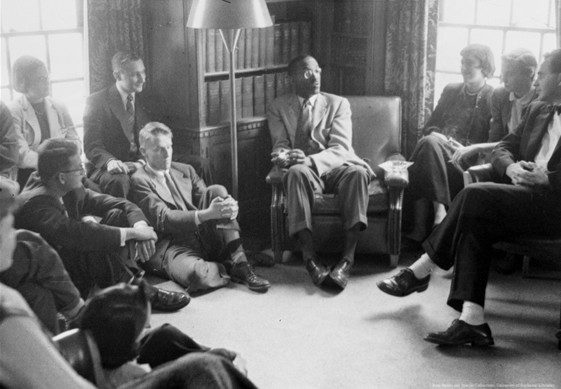 My mother, Mollie, shared these views, to which she added a remarkable amount of creativity and resourcefulness in her effort to supplement the family income and boost the family morale. She taught in public schools, made hats, and developed a line of beauty aids. To these creative skills should be added her equanimity, her sense of fairness, her high standards of performance, and her will to succeed. On many occasions, she would say to me, “If you do your best, the angels cannot do any better!” These qualities became the hallmark of her relationship with her four children, giving us the strength and skills to cope with the formidable odds she knew we would encounter. If we did not always succeed, it was not the fault of our parents.”
My mother, Mollie, shared these views, to which she added a remarkable amount of creativity and resourcefulness in her effort to supplement the family income and boost the family morale. She taught in public schools, made hats, and developed a line of beauty aids. To these creative skills should be added her equanimity, her sense of fairness, her high standards of performance, and her will to succeed. On many occasions, she would say to me, “If you do your best, the angels cannot do any better!” These qualities became the hallmark of her relationship with her four children, giving us the strength and skills to cope with the formidable odds she knew we would encounter. If we did not always succeed, it was not the fault of our parents.”
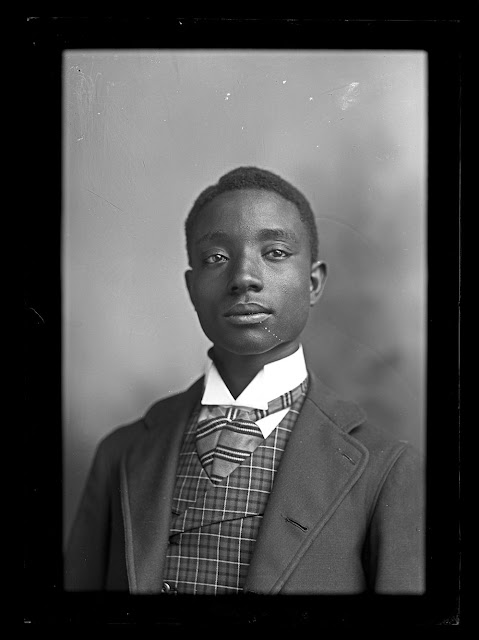
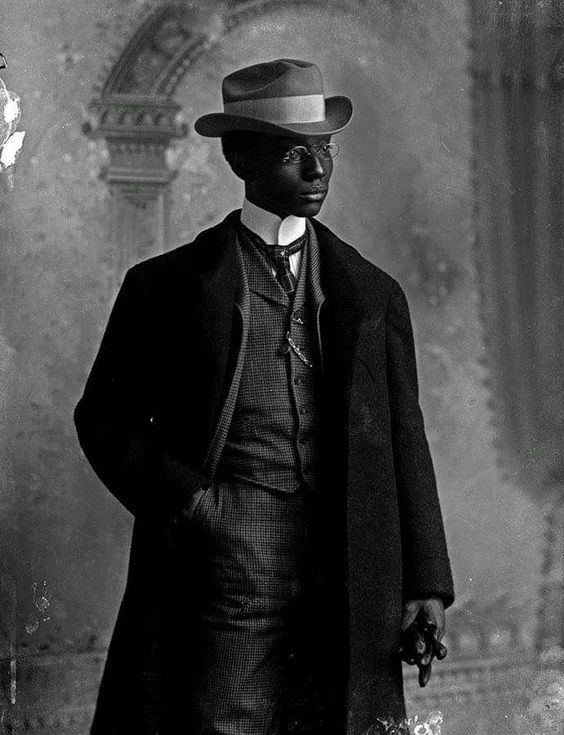
“B. C. Franklin” from 1901. The historical note in the database entry noted that Buck C. Franklin was enrolled at Roger Williams University (a historically Black college in Nashville).” – “Buck Colbert Franklin (1879-1960) went on to become a lawyer after graduating from Roger Williams University. He moved to Tulsa, Oklahoma, just prior to the Tulsa race riot of 1921 and his law office was destroyed in the riot. He then represented African-American residents in lawsuits seeking compensation for the destruction of their businesses and property in the riot.”
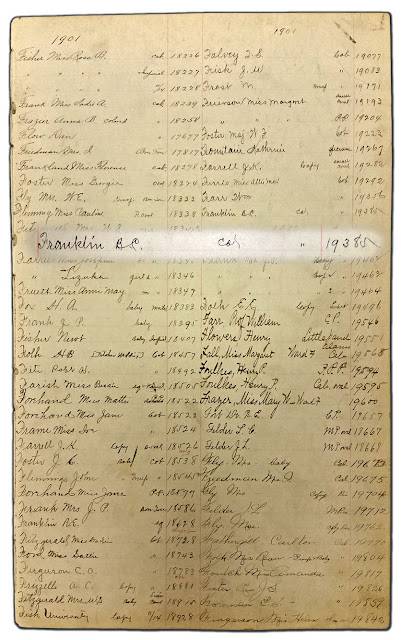
“Page from the studio’s daybook with the entry for B. C. Franklin highlighted (“col” is short for “colored” and “cab” is the abbreviation for cabinet card, in other words, the specific type of print that was ordered), Calvert Brothers Studio Glass Plate Negative Collection“
https://tslablog.blogspot.com/2015/10/discovered-in-archives-from-calvert.html
But the challenges I, my brother, Buck, and my sisters, Mozella and Anne, faced were always formidable. Living through years of remarkable change, the barrier of the race was a constant.
With the appearance of each new institution or industry, racism would rear its ugly head again. When the age of the automobile made its debut, there was the question of whether African Americans should be given the opportunity to acquire the skills necessary to find work within that industry. It was the same with the advent of the computer age. More than one company dragged its feet when it came to making certain that young people on”both sides of the track” had an opportunity to acquire the skills necessary to be successful participants in the new scientific revolution. Indeed, the expansion of numerous American industries caused debates or at least discussions regarding the abilities of African Americans to cope with new developments, whatever they were. Even at the end of the twentieth century, many Americans continued to debate nineteenth-century racial theories regarding the abilities of blacks to see at night, to make accurate calculations, and to learn foreign languages. These debates ranged from discussions having to do with the effect of African Americans on the growth of the gross national product to their ability to resist new diseases or their capacity to adjust to new educational or cultural developments. Throughout a life spent at the intersection of scholarship and public service, I have been painfully aware that superstitions and quaint notions of biological and even moral differences between Blacks and Whites continue to affect race relations in the United States—even into the twenty-first century.”
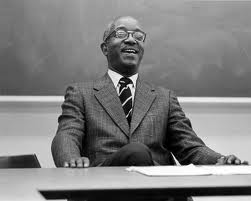
In 1943 Gunnar Myrdal called attention to these discussions and debates over racial differences in his classic American Dilemma. And when the Committee on the Status of Black Americans, of which I was a member, took another look in 1989 while updating Myrdal’s book, we saw much the same thing and set forth these and other views in A Common Destiny: Blacks and American Society. In our discussion of the problem of race, we declared that it could well create new fissures that might, in turn, lead to an increased level of confrontations and violence. The Rodney King riots of 1991 offered vivid testimony that there still persists much too much potential for racial conflict for anyone to be complacent.
